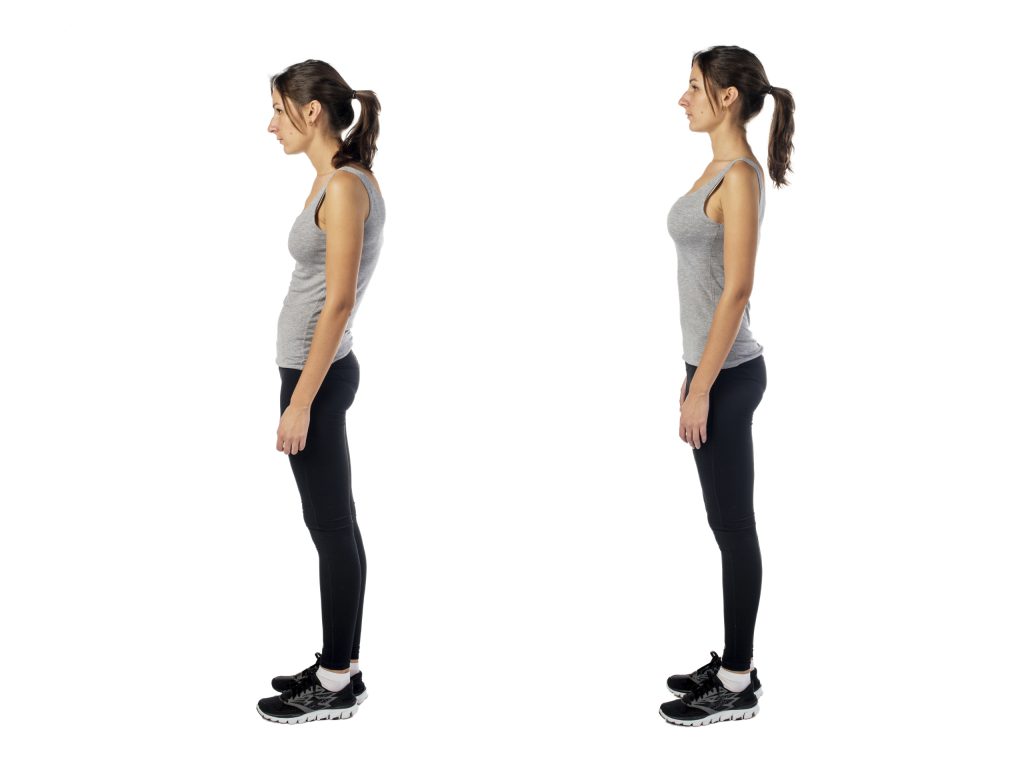Do you have clients with muscle pain, bad posture or limited flexibility? Then Rolfing, a method of structural integration, could help. Just don’t call it massage.

What is it?
Rolfing is a form of bodywork that recognises the importance of the connective tissues, or fascia, found throughout the body. These tissues surround and support all of our muscles, bones, nerves and organs, and Rolfing works to release and realign them.
Rolfers sum up the technique in three words: palpation, discrimination and integration. Therapists palpate, or touch, the tissue to feel for imbalances in texture; connective tissue that has been pulled out of position is discriminated, or separated; and finally the body is integrated.
Who started it?
Biochemist Dr Ida Rolf founded Rolfing in Boulder, Colorado in 1971, after recognising that the body has a network of tissues rather than a collection of separate parts.
She was intrigued by alternate healing methods including osteopathy, yoga and homeopathy, and dedicated her life to finding out how the body could work in the best possible way.
How does it work?
Dr Rolf believed that if an area of connective tissue becomes misaligned or tight, the tension might appear as joint pain, muscle soreness or bad posture. To correct this, Rolfers use slow, deep strokes to apply direct pressure to areas that are tight or sore.
Rather than working on a single area, Rolfers also aim to make the body into a coordinated whole. The legs are aligned to the hips, the shoulders to the ribcage, the body is positioned over the feet, and then all joints and related tissues are integrated to one another.
The Ten Series
If you’re performing Rolfing, you’ll be working through standard sessions, called the Ten Series, with your clients. Each session (usually an hour long) is focused on a different region of the body, while maintaining a holistic view of the client’s entire system.
The Ten Series includes three stages: the first 1-3 ‘sleeve’ sessions aim to loosen surface layers of connective tissues; sessions 4-7, called ‘core’ sessions, work on the body between the bottom of the pelvis and the top of the head, beginning with the inner leg; and ‘integration’ in sessions 8-10, with the therapist tying the previous stages together to encourage smooth movement.

Why should you do it?
Although like all things the results from Rolfing will vary from client to client, a few benefits include reduced pain, increased flexibility, an enhanced sense of body awareness, and improved posture.
It can be particularly good for athletes, dancers and musicians but, as Dr Rolf believed that all bodies have a degree of disorder in their structures, anyone can benefit from Rolfing. Clients experiencing the long-term effects of old injuries may also get some relief.
Education is important
Education is extremely important in Rolfing, and only certified therapists can call themselves Rolfers. If you’re not yet qualified but you’d like to be, you’ll need to complete the Foundations of Rolfing Structural Integration course, while the advanced level involves studying anatomy, physiology, and kinesiology.
Client education is also important, as you need to increase your clients’ awareness and understanding of the work you’re doing. This will help them get the most out of their sessions and continue to feel the results one the Ten Series is over.
Is it just deep tissue massage?
In short, no. Although many clients may come to you with the belief that Rolfing is just a very deep tissue massage, Rolfers know that it is actually more than that. While the outcomes of Rolfing – loosening tight tissue, reducing stress, detoxing the body and providing relaxation – are similar to various forms of massage, Rolfing helps to reshape the body and affects posture and structure in the long-term.
Does it hurt?
Pain is a deal breaker for many clients – no matter how good you claim something is, if there’s pain involved people will stay away.
Rolfing has a reputation for being a painful process, but this isn’t generally the case. In fact, it’s up to you as the therapist to decide how much pressure your client’s system can handle and adjust your treatment accordingly.
That said, you should explain to clients as part of the education process that being Rolfed is not like having a traditional massage, and some sessions may be more uncomfortable than others. Clients should also be aware that Rolfing doesn’t focus on stress reduction, but attempts to balance and align the body so it will be a new experience if they’re used to a gentle Swedish massage.

